in the schematic on page 5 of this document:
The note says:
T2a is connected as a diode (clipping diode) to protect the power source against higher Vcc voltages.
I assume from this I can replace T2A with a simple diode, with one side connected to pins 4/5 of T2A and the other connected to TRKR (pointing towards TRKR) - am I correct, or have I overlooked something?


